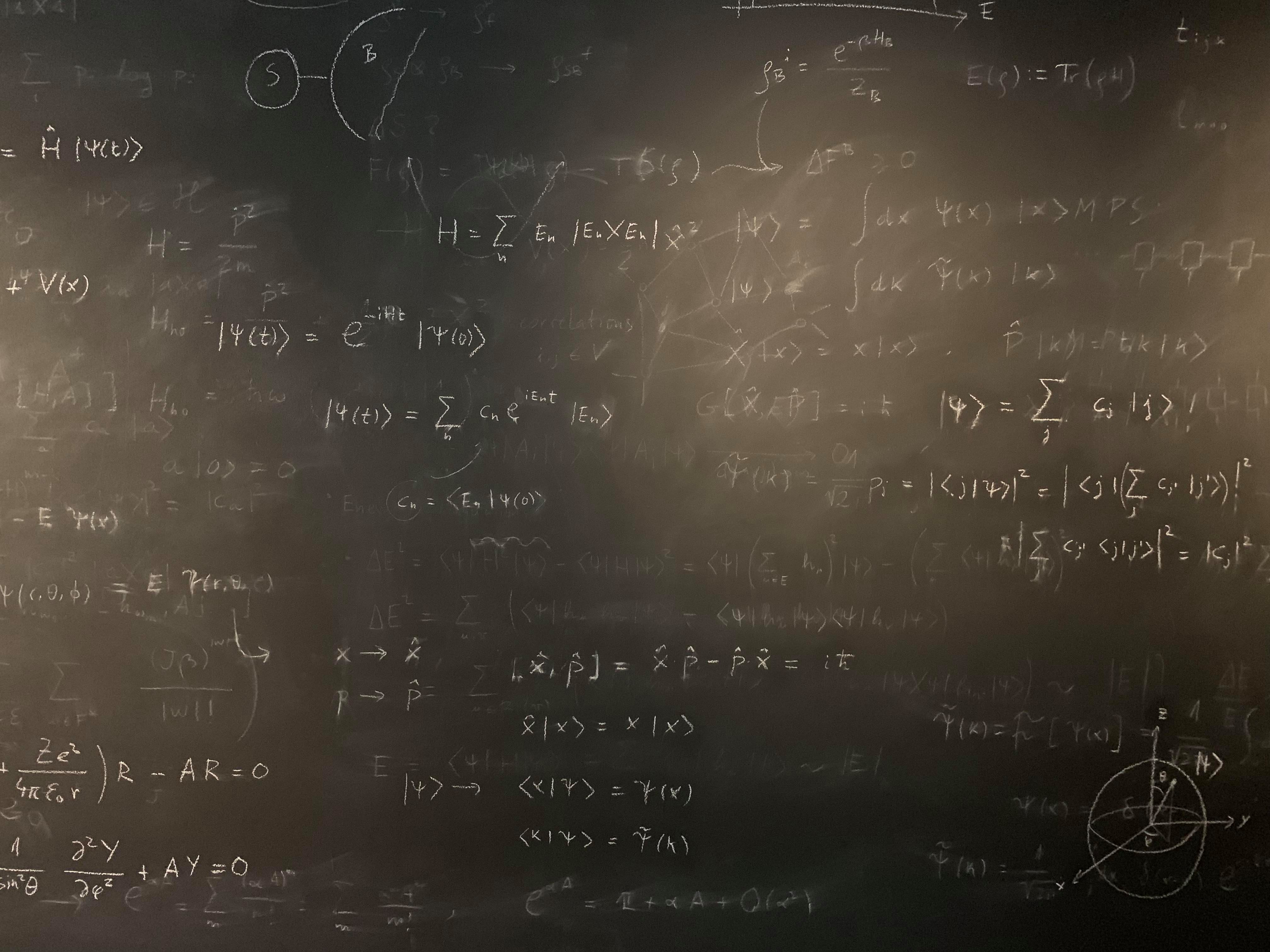
LEARNING OUTCOMES
After completing the course, regarding
I The fundamentals of quantum mechanics the student
- deepens his/her understanding of the central quantum mechanical concepts and phenomena like the Schrödinger equation, the wave function, quantization, the Heisenberg uncertainty principle, and spin. He will also be able to apply these concepts at both the quantitative and qualitative levels to problems in chemistry.
II The structure of atoms and molecules the student can
- utilize simple quantum mechanical models (i.e. particle-in-a-box, harmonic oscillator, quantum mechanical rigid rotor), to model the behavior of particles and can apply these models to treat spectroscopical phenomena.
- describe how quantum mechanical principles manifest in atomic structure and the periodic table based on the simplest atomic model (the hydrogen atom).
- explain how chemical bonds form in simple systems based on modern quantum mechanical theories of chemical bonding (the molecular orbital theory). The student can contrast this model with the previously learned descriptions of chemical bonding and is familiar with the inadequacies of those models.
III Spectroscopy the student
- knows the principles of rotational, vibrational and electronic spectroscopy and can apply the quantum mechanical picture of atoms and molecules to describe the interactions between matter and electromagnetic radiation. The student can categorize different types of spectroscopies based on the range of energies involved.
- becomes familiar with some of the standard spectroscopic databases and can independently seek spectroscopic data. He/she knows how to combine the with quantum mechanical theory to determine properties like bond lengths and dissociation energies.
IV Study skills the student
- obtains better problem solving skills and becomes better equipped to systematically tackle open-ended problems.
- habituates to studying the lecture material beforehand and can discuss difficulties in the comprehension of the material with others.
Credits: 5
Schedule: 05.09.2022 - 21.10.2022
Teacher in charge (valid for whole curriculum period):
Teacher in charge (applies in this implementation): Lauri Partanen
Contact information for the course (applies in this implementation):
CEFR level (valid for whole curriculum period):
Language of instruction and studies (applies in this implementation):
Teaching language: English. Languages of study attainment: English
CONTENT, ASSESSMENT AND WORKLOAD
Content
valid for whole curriculum period:
Basics of quantum chemistry, atomic and molecular orbitals, molecular spectroscopy, including rotational, vibrational and XPS spectroscopies.
Assessment Methods and Criteria
valid for whole curriculum period:
Multiform teaching, exercises, project work, exam
Workload
valid for whole curriculum period:
Lectures, exercises, project work and midterm exams/exam.
DETAILS
Substitutes for Courses
valid for whole curriculum period:
Prerequisites
valid for whole curriculum period:
SDG: Sustainable Development Goals
7 Affordable and Clean Energy
9 Industry, Innovation and Infrastructure
17 Partnerships for the Goals
FURTHER INFORMATION
Further Information
valid for whole curriculum period:
Teaching Language : English
Teaching Period : 2022-2023 Autumn I
2023-2024 Autumn IEnrollment :
Only for master students of the School of Chemical Engineering.
A course implementation may be cancelled if the number of students enrolled to the course implementation does not meet the required minimum of five students. In the case of cancelled course implementations, the students enrolled to them must be provided with an alternative way of completing the course or be advised to take some other applicable course.
